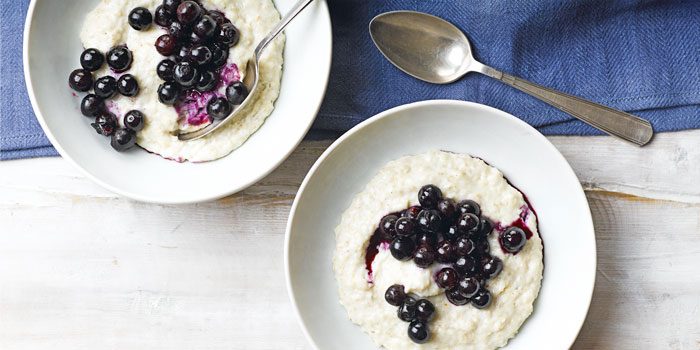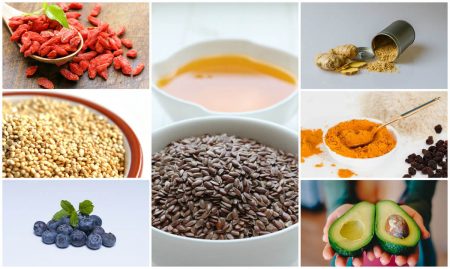
BMI charts are something that most people have seen, but they may not be the right one for you. BMI charts show the height and weight of an individual. This chart can give you an indication of your ideal weight and help you make informed weight decisions. The chart shows the relationship between a person’s height and their weight. It's a simple method to determine your BMI.
Your BMI chart will show you your weight in lbs at the top and your height in feet, inches and inches on the sides. Look across the chart to find your BMI. The first chart should be used if your BMI is less than 245. The second chart is for those with a BMI greater than 245. The shaded areas on the BMI chart indicate that you're overweight, so if you're in the 30s, then you're in class one. If you are in the 35-39.9 area, you probably fall into class 2. If you are over 40, you may be obese. The second should be used if you fall between these two categories.

BMI, however, is not a precise science. Although it is an imperfect indicator of healthy weight, it does reflect a healthy body. Although it's not perfect it can help guide you in making healthy weight and health decisions. If you're overweight or obese, a BMI chart can help you identify what you need to do to reduce your weight and get in shape.
A BMI chart is helpful for those who struggle to use the calculator. A BMI calculation does not take into account your gender, sex, or pregnancy, which means that you might need to adjust the numbers to fit your personal needs. Your BMI isn't the only factor that should be taken into consideration when using a BMI calculator, but you should use it to make informed decisions. It's important to make informed choices.
When using a BMI chart, remember that a higher number means that you are more likely to develop disease. Your BMI can be used to monitor your height and weight. It is useful in tracking your progress throughout time. With the help of a BMI chart, you can determine whether you're overweight or underweight, and choose an appropriate diet and exercise program. Get a BMI chart from your doctor if you have any doubts.

Parents can use a BMI chart as a valuable tool. The BMI of children is slightly different to that of adults. However, it can be used to give a general idea of the child's weight. A healthy BMI is between 18.5-24.9 for women and 18.5-24.9 for men. For women, the healthy weight is between 18.5-24.9. Pre-pregnancy BMI is a useful tool for pregnant women to calculate how much weight she will gain.
FAQ
What foods should I avoid when trying lose weight?
Avoid trans fats. Trans fats can increase LDL (the negative) cholesterol levels and decrease HDL (the positive) cholesterol.
Trans fats can also be found in deep-fried food, fast food, packaged bakery goods, snack cakes, as well as other processed foods.
These unhealthy fats also contribute to inflammation, leading ultimately to heart disease or diabetes.
Avoid foods containing artificial sweeteners. Artificial sweeteners have been linked to an increase in cancer risk.
They are found in everything, from soft drinks to chewing tobacco to candy bars. They can also be found in other foods like meat, poultry, and eggs.
Artificial sweeteners include saccharin.
The American Heart Association recommends avoiding these chemicals because they may damage DNA in cells.
Can I go to a gym 7 days per week?
You can go to the gym seven times a week, but not at once. You have to find a time where you can do this without feeling too exhausted and drained.
This will help you remain motivated and have more energy to do other activities.
It is important to eat right during these times. This will ensure you don’t feel tired and sluggish going to the gym.
You must ensure that you don't have any other competing demands on your time. For example, if you have children, you may want to avoid exercising on school nights as they will distract you from your workout.
What is a good schedule for a 7-day work out?
A seven-day exercise plan should include cardiovascular training (running/biking/swimming), strength exercises (using weight machines, free weights) and one flexibility/core program (yoga or Pilates). It is important to complete each activity at least once weekly. The total time for each session should not exceed 45 minutes.
Cardiovascular Exercise: Running, Biking, Swimming
The goal is to get in at least 60 minutes of cardio activities per week. Try to do 75 minutes per semaine for the best results. Cardio exercises can increase blood flow and stimulate the growth of muscles.
Strength Training
Cardio exercises target the heart, lungs and muscles. Strength training targets the muscles, tendons and bones. Strength training helps you burn calories even while resting.
Flexibility & Core Workouts
To strengthen your whole body, flexibility and core work outs are excellent ways to do so. Both yoga and Pilates are excellent options.
How Metabolic Health is Key to Aging Well
Today's people live longer than ever before. They are also becoming more sick as a result. Our current medical science approach is not working, even though we've made many advances.
It's time to change our perceptions of health and aging. Healthy aging is possible only if we look at our metabolic health, not just weight loss, but also overall well-being.
And if you want to live an active life for decades to come, you should ensure that your metabolism stays strong and healthy throughout your entire lifetime.
There are many ways you can improve your metabolic health. One of those ways is to incorporate these 7 foods into your diet:
-
Resveratrol is a component of blueberries that has been proven to improve cellular longevity. They also contain antioxidants and vitamins C & E.
-
Pinto beans and lentils make excellent sources of fiber as well as plant-based protein. These nutrients help maintain blood sugar levels so they don’t spike and fall.
-
Broccoli contains the antioxidant sulforaphane. This has been shown in studies to protect DNA. It may even slow down the progress of cancer.
-
Chia Seeds are high in omega-3 fatty acids and fiber. They are also high in antioxidants and proteins. All these nutrients support heart health, brain function and gut health.
-
Green tea contains catechins, which are polyphenols. Green tea's catechins have been linked with reduced bone fractures as well as cardiovascular disease, cognitive decline, dementia, and increased diabetes risk.
-
Salmonis rich in vitamin D and low in saturatedfat, salmon is one of the best sources for lean protein.
-
Walnuts have omega-3s and antioxidants such as alphalipoic acid (ALA). ALA helps boost energy production and protects against inflammation.
Statistics
- An estimated calorie range for moderately active adult males falls between 2,200 to 2,800 calories per day, depending on age. (eatright.org)
- 10 pounds in a month is likely during a lean bulking phase, especially for beginners. (muscleandstrength.com)
- According to the American Academy of Dermatology (AAD), men over 50 are at a heightened risk of developing it. (healthline.com)
- Cardmembers earn 5% Back at Amazon.com with a Prime Credit Card. (amazon.com)
- By John Thompson Take a whopping 38% off a set of PowerBlock Pros. (menshealth.com)
External Links
How To
How does a man become fit in just 30 days?
Breaking down your fitness goals into smaller, more manageable steps is the best way for you to reach your fitness goals.
Every day, you must work towards your goal. This could mean anything from doing 10 pushups for 5 minutes to running 3km.
You will notice positive results if this is done consistently over time.
Here, consistency is the key. It is important to persevere until you succeed.
What is the difference in Aerobic Fitness and Anaerobic Fitness
Anaerobic fitness refers to the ability of our bodies to perform intense physical work without oxygen. Anaerobic pathways can be used to supply enough energy during high-intensity exercise. Anaerobic pathways include glycolysis, creatine phosphate, the phosphagen, lactic acid, etc.
Cardio fitness is, in contrast to aerobic fitness, the practice of sustaining low-intensity exercise. Aerobic exercise is a form of aerobic exercise in which oxygen is the primary fuel source for the cells. The aerobic pathway is more efficient than the anaerobic.
For example, if you want to run a marathon, you must first build up your aerobic capacity. You won't be successful if you focus only on your anaerobic ability.
Aerobic fitness is also known as cardiovascular fitness. The two most commonly used methods of measuring cardiovascular fitness, are VO2 Max testing and step tests.
VO2 Max Testing
The maximum amount of oxygen (O2) the body can use during exercise is called VO2 max. This test determines how much O2 your body can use during exercise.
This test measures cardiovascular fitness in a way that is most accurate. However, the test can only be administered by highly trained professionals and requires expensive equipment.
Step Tests
Step tests are an easy but powerful way to determine your cardiovascular fitness. Based on your age and weight, they involve running or walking on a track or treadmill for a specified time.
These tests are simple to perform, cost-effective, and easily accessible from almost any location. You can for instance walk on a treadmill 2 minutes, then stop for 1 minute. Throughout the session your heart rate should not exceed a specified range.
This method is called the Bruce Protocol. Bruce, a runner, developed this protocol after realizing that his heart rate did not rise when he ran longer distances.